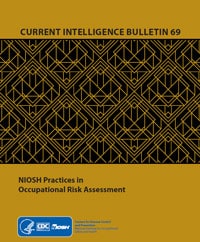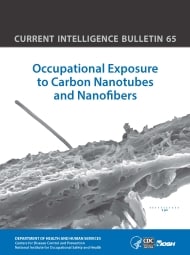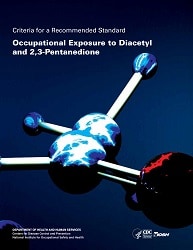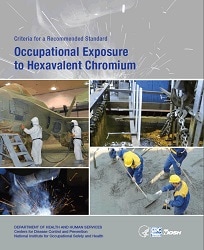Key points
- Exposure to on-the-job health hazards is a problem faced by workers worldwide.
- Unlike safety hazards that may lead to injury, health hazards can lead to various types of illness.
- Risk assessment allows NIOSH to make recommendations for controlling exposures in the workplace to reduce health risks.

Overview
Occupational risk assessment is a method for estimating health risks from exposure to various levels of workplace hazard(s). It is important to understand how much exposure to a hazard will present health risks to workers to appropriately eliminate, control, and reduce those risks. The aim of a risk assessment is to answer three basic questions:
- What can happen?
- How likely is it to happen?
- What are the consequences if it does happen?
NIOSH conducts risk assessments on chemical hazards including:
- carcinogens and non-carcinogens;
- physical hazards such as noise, radiation, musculoskeletal injury;
- and other hazards such as shift work.
See Current Intelligence Bulletin 69 in Selected Reports below to learn more about how NIOSH conducts occupational risk assessments.
Conducting risk assessments
NIOSH prioritizes chemicals for risk assessment by evaluating the needs of key stakeholders and partners such as the Occupational Safety and Health Administration, the Mining Safety and Health Administration, organized labor, industry, and National Occupational Research Agenda councils.
NIOSH also considers factors such as how much of the chemical is used in the workplace, how much potential there is for worker exposure, and the severity of the health effects. This includes an evaluation of the available scientific information on the hazard and its associated injury or disease.
NIOSH has a three-step process for conducting occupational risk assessments as shown below.

Impact
Risk assessments have direct impact among the occupational safety and health community, providing quantitative information on hazardous chemicals, of particular use to employers, workers, researchers, safety and health professionals, and standard- and recommendation-setting organizations.
Employers and occupational safety and health professionals
NIOSH risk assessments support NIOSH authoritative recommendations to reduce hazardous exposures to workers. Employers and occupational safety and health professionals can use this information to take precautionary measures to minimize exposure to workers from these hazards. These measures can include elimination, substitution with less hazardous chemicals, engineering controls, and the use of personal protective equipment.
Government agencies
NIOSH uses risk assessments in authoritative recommendations to reduce hazardous exposures to workers. The Occupational Safety and Health Administration (OSHA) has incorporated NIOSH risk assessments into workplace standards. The Environmental Protection Agency (EPA) has also used NIOSH risk assessments to support environmental assessments. State agencies and other entities setting occupational exposure limits have used NIOSH recommendations based on risk assessments.
Researchers
NIOSH work on risk assessment methods has had an impact on the field of risk assessment by expanding the methods available and better characterizing exposure-response model uncertainty. Risk assessment methods development is a critical focus to provide the most statistically sound risk assessments. Methods to improve risk assessment modeling and characterization of model uncertainty include model averaging and semi-parametric modeling. These methods are important to assessing risk as often data regarding a particular hazard are scarce; these methods allow NIOSH staff to maximize the utility of available data.







